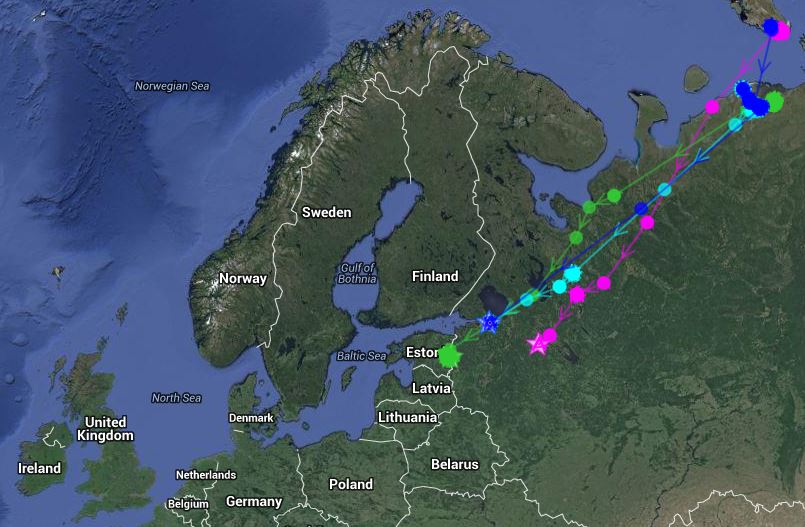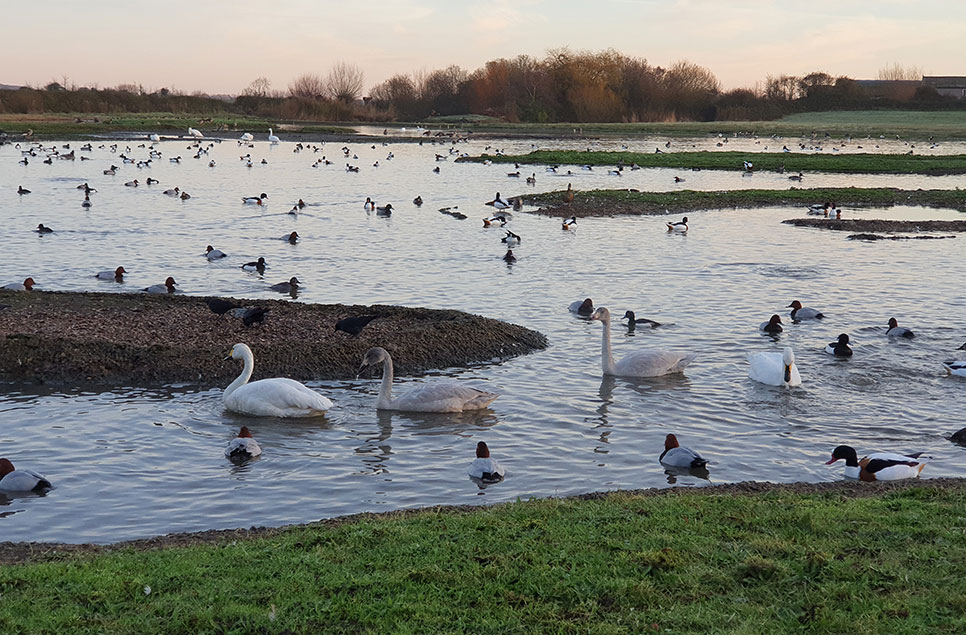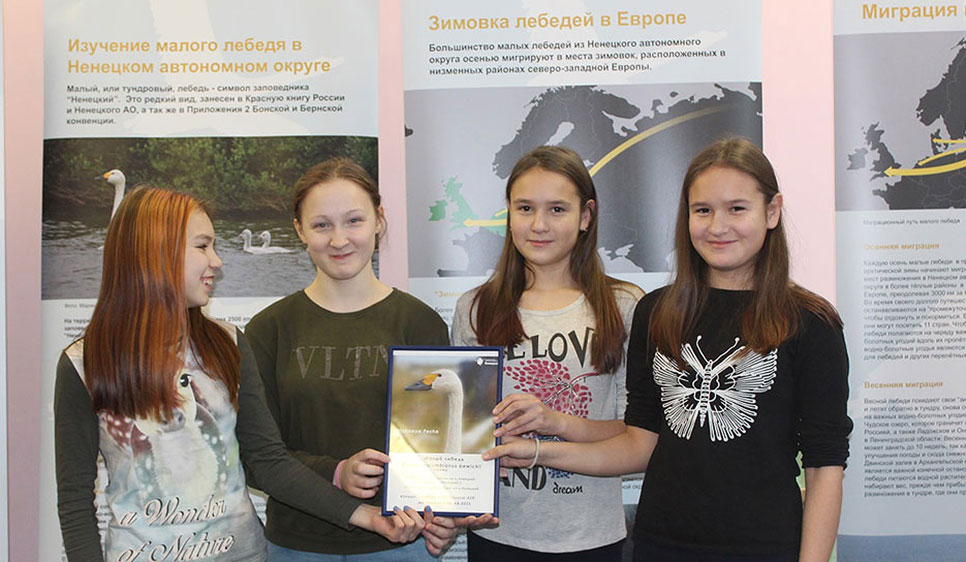Bewick's reach Britain!
The first big wave of Bewick’s have arrived in north-west Europe! Around 1,000 flew into key swan sites in the Netherlands including Lauwersmeer, Ijsselmeer, Markiezaat and Veluwemeer according to Dutch ornithologist Wim Tijsen, part of the network of Bewick’s swan conservationists working together to bring a halt to their decline.
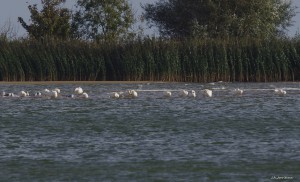
Some swans were also spotted leaving the Dutch coast, UK-bound, and sure enough, on Monday, WWT Welney’s centre manager Leigh Marshall reported seven adults flying over the reserve!
Our transmitter birds are continuing to make very good progress. Hope, Lech and BEWI11 are making their way down through Russia and Andres is continuing to enjoy Estonia. South-westerly winds over the next few days may temporarily stall their journey. Previous tracking studies have shown that the swans prefer to fly on a north-easterly tail wind on autumn migration. We’ll keep you updated on their progress....
The staff and volunteers at both Welney and Slimbridge are working around the clock to prepare the wetland reserves for the swans and our other winter visitors. Both reserves lie on the western fringes of the migratory range and, for nearly 1,000 swans, they are the ‘last stop’ at the end of a 2,500 mile migration. Thanks to the thousands of people who come to see the swans each year, and those who support our work from further afield, we’re able to ensure that they have a safe roost and enough food to see them through the winter.
Bewick’s swans are widely regarded as creatures of habit. Individual swans learn their migration route from their immediate family and knowledge of the good spots is passed down from generation to generation. Many have great loyalty to their wintering site and will return to the same spot year after year. In fact, here at Slimbridge where we record each swan by its unique black and yellow bill pattern, in any year more than half of the visiting swans have been to the reserve before!
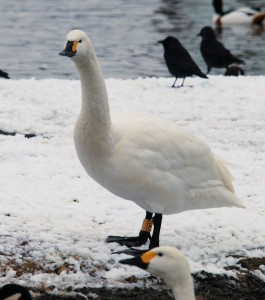
We are hoping to see the return of many familiar faces this autumn.
Will Riddler make it back for his 24th winter?
Will productive pair Wooton and Stinchcombe bring back yet another family and will any of their four cygnets from last winter be still associating with them?
Will Pazazz finally bring back her first mate at the grand old age of 13?
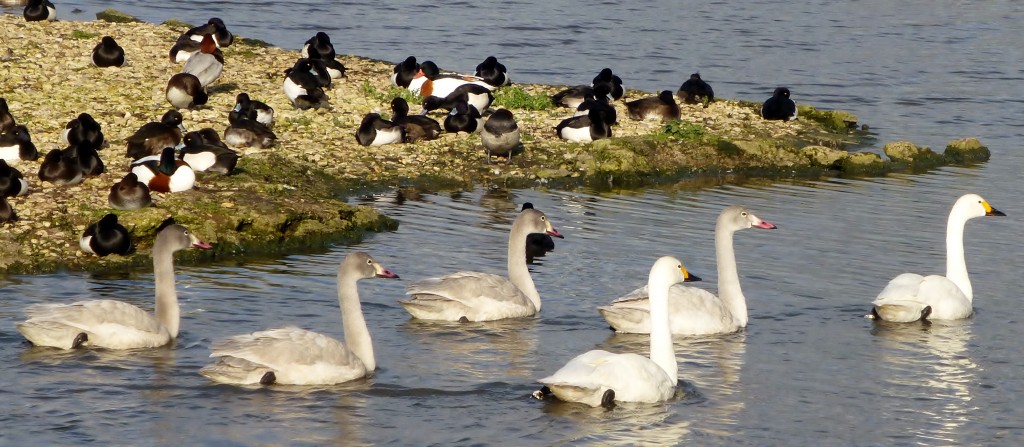
As the weather chills, on each clear night with a north-easterly breeze, the lake outside my office window will start to fill, family by family, with swans all the way from the Russian wilderness. And once again, I’ll be immersed in the sights and sounds of the roost and drawn into the routine of their daily lives.
